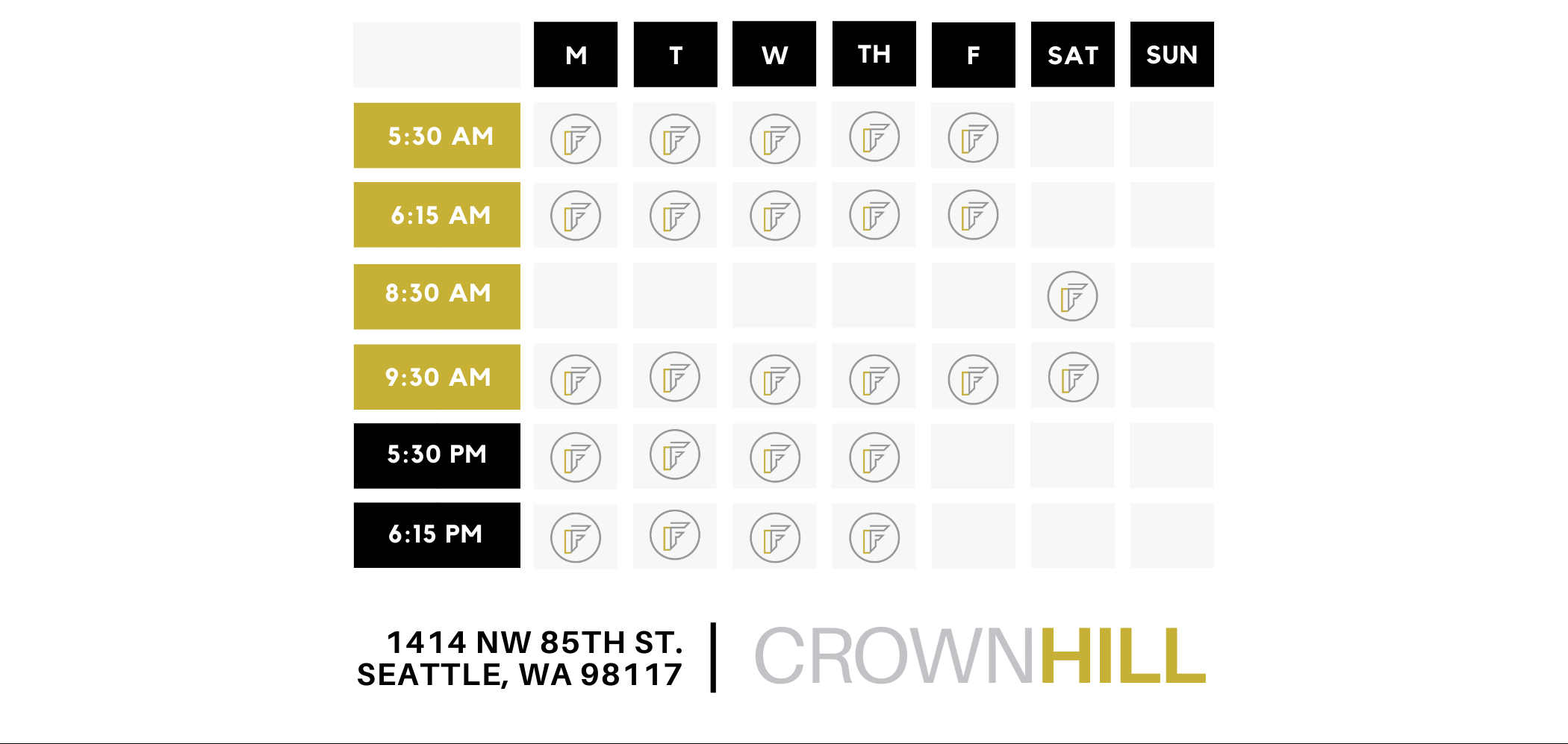Could magnesium be the most beneficial mineral? There are multiple types of vitamins and minerals that our bodies need to function healthily.

Vitamins and minerals are referred to as “micronutrients” and each of them has a different function inside of the body.
Some micronutrients for example act as coenzymes, meaning that they help carry chemicals between enzymes, while others just serve as catalysts for certain chemical reactions.
Magnesium is one of the most important micronutrients for the body, as it helps catalyze a variety of processes in the body.
As a matter of fact, more than 300 biochemical reactions require magnesium!
For this reason, it is important to get sufficient magnesium from your food and supplements.
Magnesium Deficiency
Because the modern-day diet is deprived of many vitamins and minerals, magnesium deficiency is a very common thing nowadays.
Deficiency isn’t likely to lead to bad side effects in the short term. It is definitely not something to overlook, as the long-term may speak otherwise!
The Symptoms
Some of the first symptoms of magnesium deficiency one can notice, are the following:
- Loss of appetite
- Nausea
- General exhaustion
- Weakness
- Lack of appetite
- Muscle cramps
- Numbness
- Mood swings
Now, the thing is that there are a multitude of reasons for the occurrence of a magnesium deficiency.
If you are generally healthy however, the most likely cause of a deficiency, would be your diet!
So let’s have a look at the best magnesium-rich foods one can find nearby!
Magnesium Food Sources
Luckily, unless your deficiency is severe, you can solve your problem by just picking out the right food sources.
Magnesium can be found in a variety of food sources, with the most abundant ones being plant sources.
Here are the foods that contain the highest amounts of magnesium:
- Seeds
- Walnuts
- Hazelnuts
- Almonds
- Rice
- Basil
- Spinach
- Coriander
Now, a thing to consider is that thermic preparation of some of these foods may lead to depletion of its magnesium contents, so don’t overcook these foods!
Magnesium Supplements
If you find it hard to meet your body’s magnesium needs from food alone, supplements can be a viable alternative!
Before you go on to buy a tub of pills however, you have to know a thing or two.
Firstly, the amount of magnesium you take in is NOT the only thing – You have to also consider its bioavailability, or, in other words, how much of it is absorbed.
This bioavailability depends massively on the type of magnesium supplement you are getting.
Magnesium oxide & magnesium carbonate are two of the magnesium supplements with a lower bioavailability.
Instead of getting those, opt for supplements binded with organic compounds like salts and amino acids, such as:
- Supplements of Magnesium citrate
- Magnesium glycinate
- Magnesium lactate
These are some of the most bioavailable forms of magnesium that have been shown to be optimally absorbed.
Recommended Daily Intake
Alright, we’ve been talking about deriving sufficient magnesium from food and supplements, but… How much of it is enough, actually?
Well, the recommended intake varies, depending on factors like age and gender.
Here’s how the recommendations go:
- 14-18 years old – 410 mg for males, 360 mg for females
- 19-30 years old – 400 mg for males, 310 mg for females
- 31-50 years old – 420 mg for males, 320 mg for females
- 51+ years – 420 mg for males, 320 mg for females
This is the recommended COMBINED intake. You should calculate the amount from both food and supplement sources.
Take-Home Message
Your nutrition plan is not just about meeting your caloric & macronutrient goals for the day.
It is also about understanding that there are micro elements that your body needs for proper functioning.
Magnesium is one of the more important ones, that plays key roles in hundreds of functions in the body.
Let’s talk magnesium and nutrition– come in for a FREE workout…

















